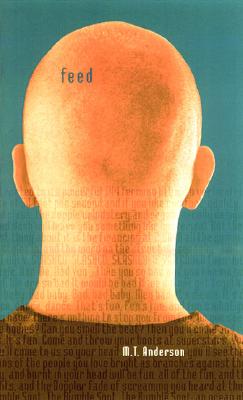
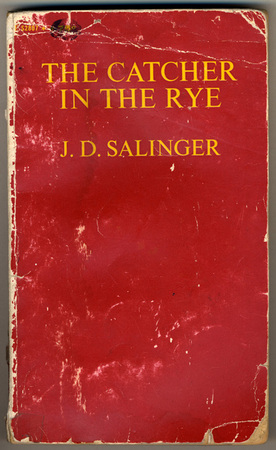
With the fall term imminent (starts Monday), I’m posting a link to the latest iteration of my English 545: Literature for Adolescents. My goal is always “diversity” in many senses of that word.  We read books by writers of different backgrounds (African-American, Iranian, Chinese-American, Latino, Caucasian), genders, sexualities, classes — which are probably the categories most people think of when they hear the word “diversity.”  I also use the word in terms of genre.  We read graphic novels, a novel in verse, a novel in the form of a screenplay, memoir, dystopian fiction, historical fiction, a sports novel, magical realism, film, and fairy tales.  And I use the word to expand “Literature for Adolescents” beyond “Young Adult.”  On the syllabus are works about adolescence (but not necessarily written for adolescents), works that get assigned to adolescents, and of course Young Adult Literature.  Finally, we read some classics, and a lot that’s contemporary.
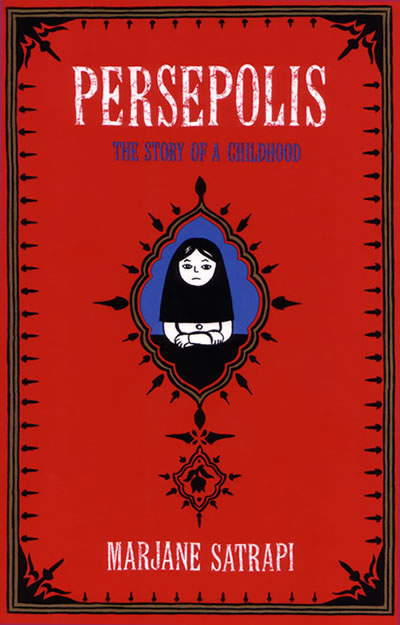
I’m never completely satisfied with my syllabus.  So, each semester, I change it a little.  This term, for instance, I’ve added a “dystopias” unit: we’ll read M.T. Anderson‘s Feed and Suzanne Collins‘ The Hunger Games.  I’m happy about that change, but not about the omission of fantasy.  I also wonder if I have one too many graphic novels.  Any why are there no works by Native American authors on my syllabus?
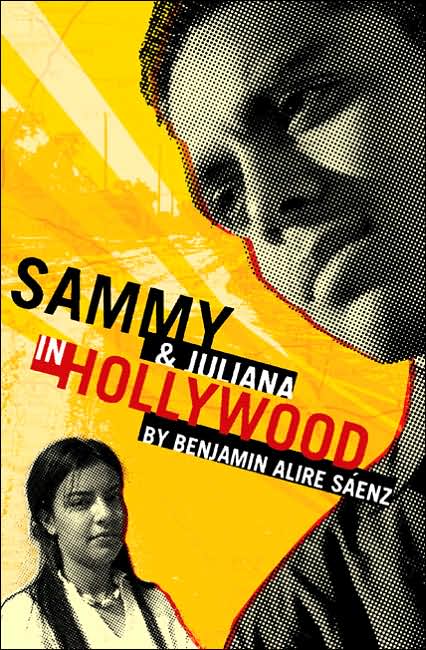
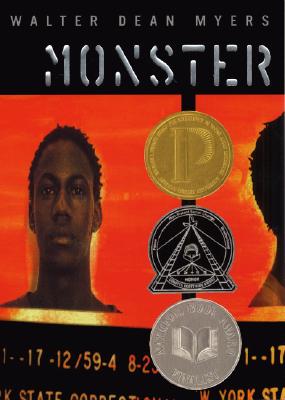 Each syllabus is always incomplete. There are never enough weeks in the term to cover all I want to cover. Â At best, students will get a taste of the field. Â But I hope that this slender sliver of knowledge will send them back to the library, the bookstore, or possibly other English classes. Â I hope that this is but the beginning (or a continuation) of a lifetime of reading and learning. Â There is so much to read and to know, and our lives are so brief. Â I write that last sentence to convey not despair, but rather urgency, inspiration, motivation. Â Or, to quote a Robert Herrick line entirely out of context, “make much of time.”
Each syllabus is always incomplete. There are never enough weeks in the term to cover all I want to cover. Â At best, students will get a taste of the field. Â But I hope that this slender sliver of knowledge will send them back to the library, the bookstore, or possibly other English classes. Â I hope that this is but the beginning (or a continuation) of a lifetime of reading and learning. Â There is so much to read and to know, and our lives are so brief. Â I write that last sentence to convey not despair, but rather urgency, inspiration, motivation. Â Or, to quote a Robert Herrick line entirely out of context, “make much of time.”

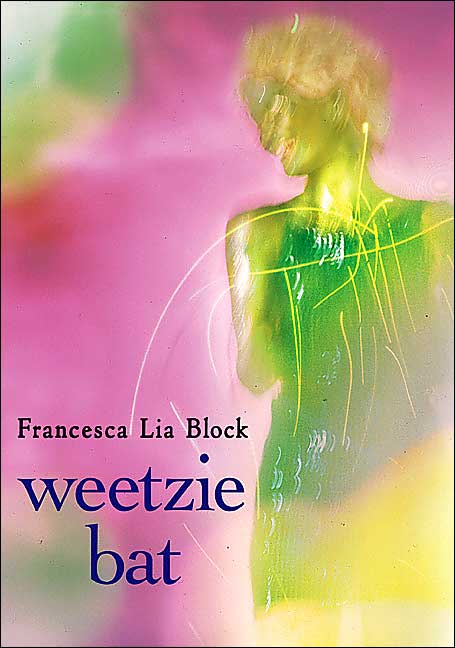
Mike Cadden
Philip Nel
Libby
Philip Nel
Sarah
Libby
Philip Nel
Anne
Philip Nel